For a shore dive, there is a line that leads you out to the wreck from Ringhaddy Quay. Firstly you need to find a pipe approximately 3m out and 3m right from right hand edge of pier when looking at the shore. Follow this pipe to approx 8/10m to find a yellow cable going to the left of the pipe which then changes into a black cable that leads you to the wreck.
For a boat dive, a marker buoy is attached to a small bollard at the stern at 18m. For more detail, see links provided in ‘More Information’ below.
Parking is very limited along the access road, therefore be careful to leave plenty of space for residents and other road users. The Ringhaddy Cruising Club is for club members only. Do not use the private jetty nearby!
- Pleasure boat traffic.
- Litter: regular reports of tyres, bottles, and plastics in and around the wreck.
A muddy, gravelly, sandy slope with cobbles that leads down to the wreck at a chart depth of 23 metres. The wreck is sitting upright and almost entirely intact with an upright funnel. Wooden decks are decayed and wheelhouse is collapsed. This is a very silty site, so divers are recommended to keep off the seabed. Instead of swimming out to the wreck, you will find a nice shallower dive along the cable around 10 metres, with plenty of life.
Date of loss 11/03/1946. A luxury motor yacht M.Y. Alastor, ex M.Y. Vita. A report produced by QUB Sub-Aqua Club (see Brabetz, Callaghan and Snijder 2004) has proven that the wreck is not that of the M.Y. Alisdair, but that of the Vita, a luxury diesel yacht that Camper & Nicholsons built for the millionaire and America’s Cup challenger Sir Thomas Octave Murdoch Sopwith in 1926. In July 1939, the Alastor was acquired by the Ministry of War Transport. The Admiralty kept the Alastor until 1946, when she was considered redundant and sold to the Greek government. Alastor was relocated to Ringhaddy Sound, where she was to be repainted in preparation for her new role in Greece. She caught fire and sank at her mooring 11/03/1946. (Brabetz, Callaghan and Snijder 2004).
Information derived from Historic Environment Record of Northern Ireland (HERoNI), Department for Communities, Historic Environment Division.
The wreck is covered in sea squirts and dead men’s fingers. Following the cable leading out to the wreck divers have recorded a variety of nudibranchs, sea snails Liparis sp. (a small clinging fish), tube anemones Cerianthus lloydii, rugose squat lobsters Munida rugosa and Atlantic bobtail squid Sepiola atlantica. The invasive Compass sea squirt Asterocarpa humilis has recently been recorded from Ringhaddy.
View all species records from this site
A link to the dive site location on the NBN Atlas Northern Ireland website, showing all species records from within a 1km boundary of the site centroid. Any new species records from the site submitted to Seasearch, iRecord, CEDaR Online Recording or iNaturalist will appear hereStrangford Lough MCZ
Strangford Lough SAC
Strangford Lough SPA
Strangford Lough RAMSAR
Irish Wrecks Online
Divernet
Finstrokes
DUSAC
Strangford Lough Regulation of Anchoring, Mooring and Diving Byelaws 2012
Northern Ireland Marine MapViewer
- In an emergency call 999 or 112 and ask for the coastguard.
- Follow VHF radio Channel 16 (156.8 MHz), the international distress frequency. Send a distress alert followed by ‘MAYDAY, MAYDAY, MAYDAY’ and ‘This is [boat name]’.
- Find nearest defibrillator (AED) here.
- Portaferry Harbour Master: 028 9188 2377
- When navigating within the harbour/marina, use VHF Channel 80


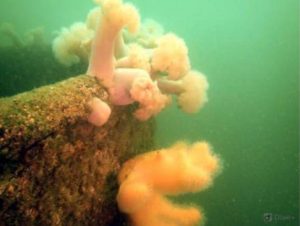
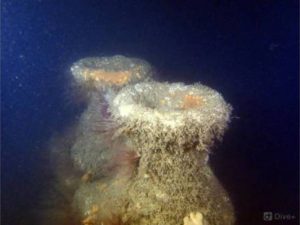
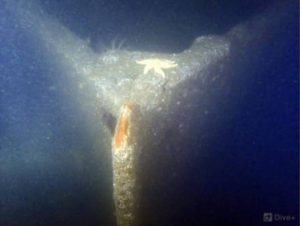
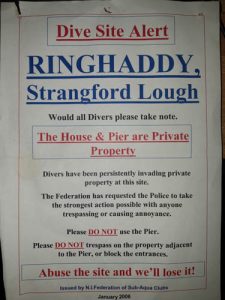
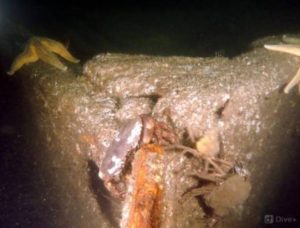
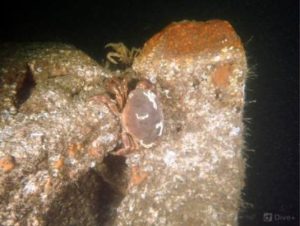
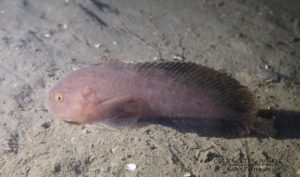
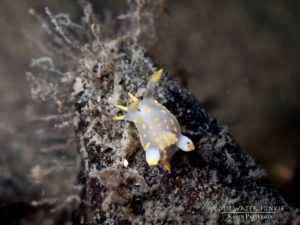
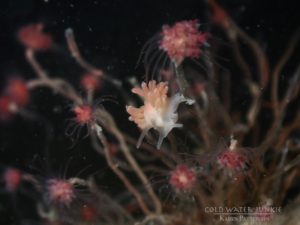
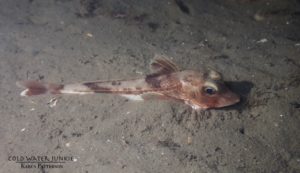

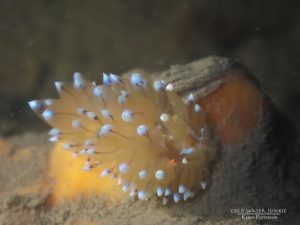

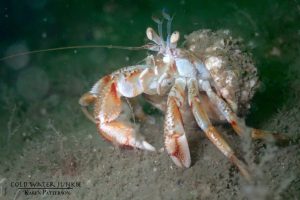
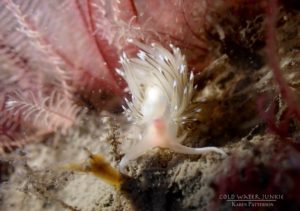

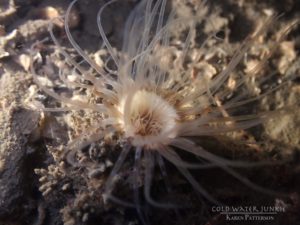
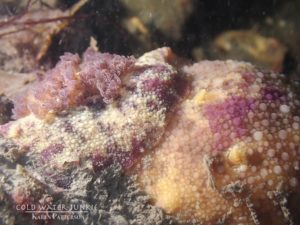
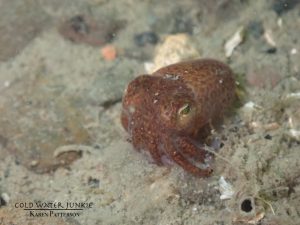
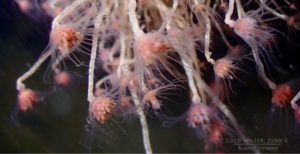
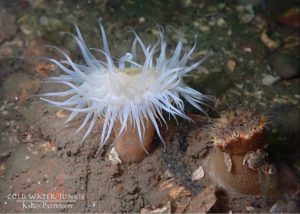
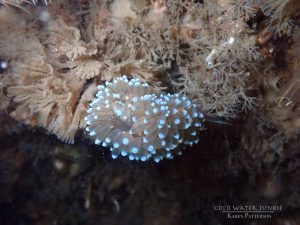
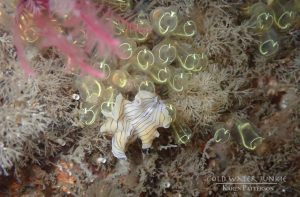
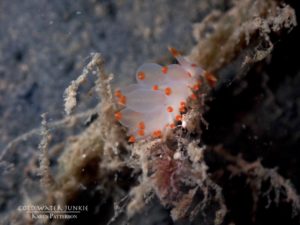

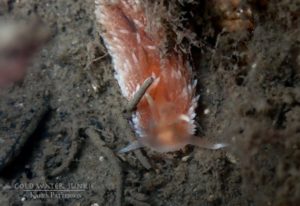






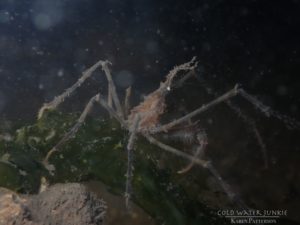
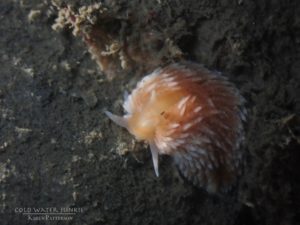
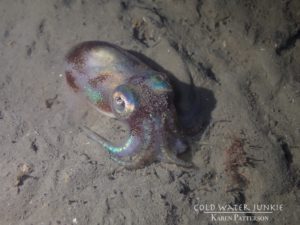

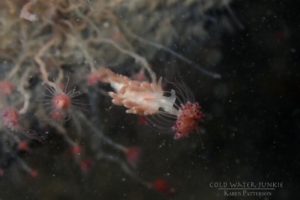
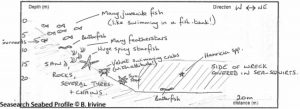









Leave a Comment
Dived here recently? Then let other divers know about this site from your experience!